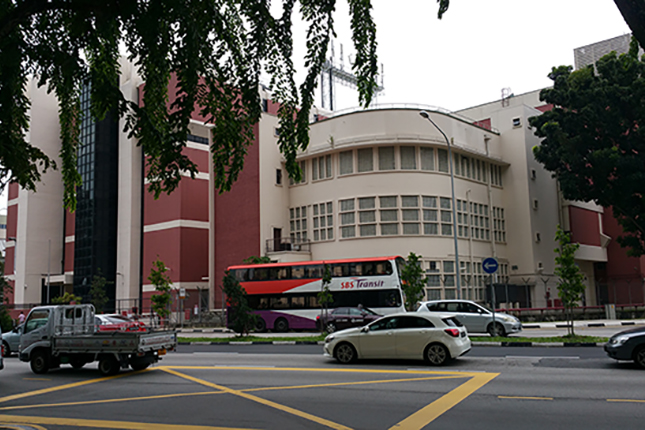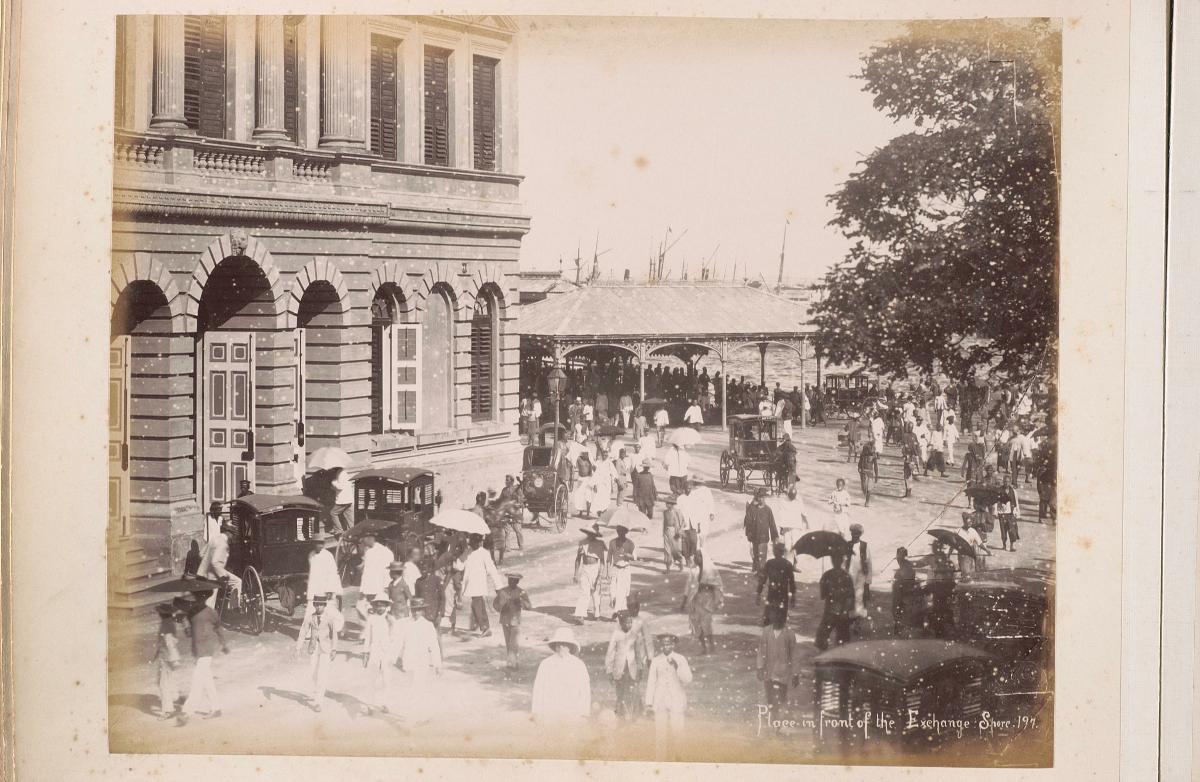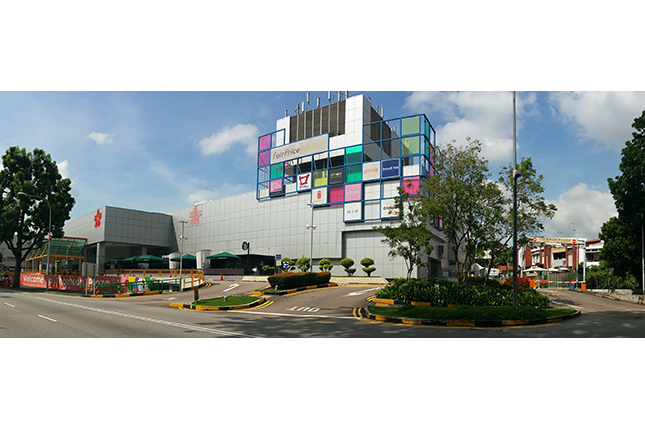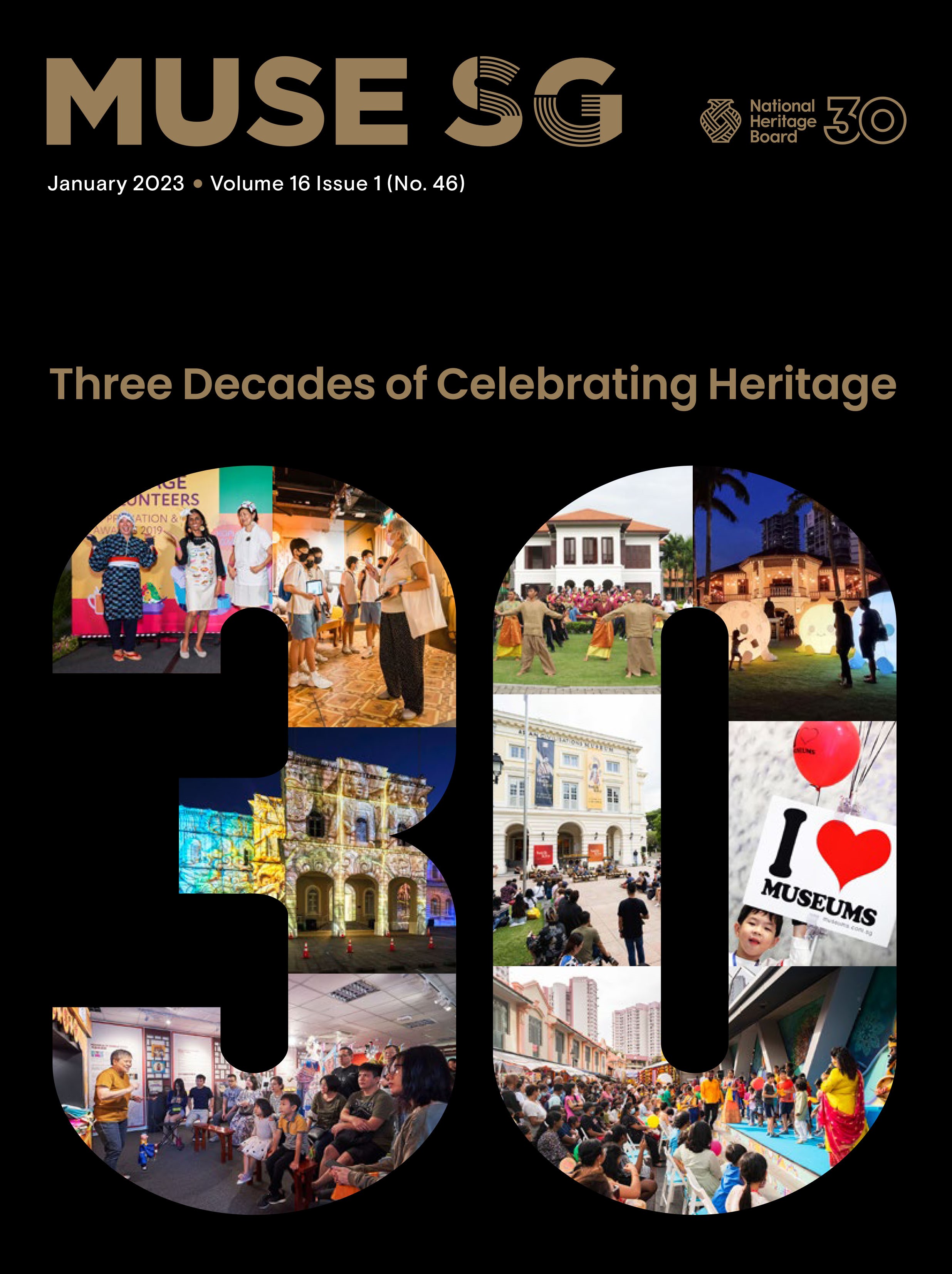Telephone exchange buildings, such as the Thomson Exchange, form part of the telecommunication infrastructure of Singapore. In a bid to increase the productivity of telecommunications and lower operation costs in the 1970s, the nation was geographically divided into four phone areas, or telephone exchanges—City, North, West and East. Each telephone exchange was served by an area office.
The Thomson Exchange was historically known as the North Telephone Exchange and oversaw telecommunications for Woodlands, Sembawang, Nee Soon, and Ang Mo Kio.
The architectural style for Thomson Exchange stands in stark contrast to the cream-coloured plaster and glass block panels of earlier telephone exchange buildings of the colonial period. Instead, the exchange combines elements such as structure, plain walls, vertical projections and repetitive geometrical patterns.
Thomson Exchange witnessed the progress of broader telecommunication technologies. As one of the first exchanges in Singapore, it met the expanding telecommunication needs of a young independent nation. More specifically, it saw more phone lines being established, the installation of new equipment brought about by advances in technology, as well as the transfer of phone lines to new exchanges that were being built.
Thomson Exchange was no stranger to newsworthy events. An unfortunate incident brought infamy to the building in 1988, when Mr Sim Ah Lah, a 50-year-old worker at the exchange, committed suicide. His body was found hanging from the telephone wires in an equipment room at the building.
Over time, this shocking event faded from memory, along with Thomson Exchange’s prominence in the telecommunications industry. Advancements in technology and infrastructure had rendered telephone lines and exchanges obsolete.
Today, Thomson Exchange is perhaps more recognisable and significant to an older generation of Singaporeans.
Buildings and sites featured on Roots.SG are part of our efforts to raise awareness of our heritage; a listing on Roots.SG does not imply any form of preservation or conservation status, unless it is mentioned in the article. The information in this article is valid as of May 2019 and is not intended to be an exhaustive history of the site/building.

















